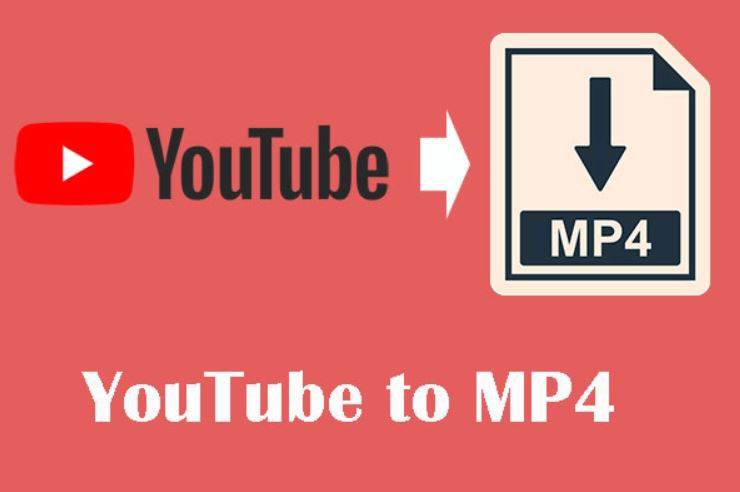Introduction
While basic video format change tools serve the primary purpose of converting video files to different formats, many advanced tools offer additional features that can enhance your workflow, optimize your output, and streamline youtube to mp4 video conversion process. In this blog post, we will explore some of these advanced features and discuss how they can benefit content creators, video editors, and media professionals.
- Adaptive Bitrate Encoding
Adaptive bitrate encoding is a powerful feature that adjusts the output video’s bitrate based on the viewer’s network conditions. This ensures smooth playback even on slow or unstable connections, significantly improving the user experience. Video format change tools that support adaptive bitrate encoding, such as Sorenson Squeeze and Telestream Episode, allow users to create multiple renditions of their video at different bitrates, which are then served to the viewer depending on their network conditions.
Benefits:
- Provides smooth playback on various network conditions
- Enhances user experience by minimizing buffering and delays
- Optimizes bandwidth usage for efficient content delivery
- Multi-rate Encoding
Multi-rate encoding is an advanced feature that enables users to encode their videos in multiple formats, resolutions, and bitrates simultaneously. This saves time by eliminating the need to encode each version separately. Multi-rate encoding is particularly useful for content creators who need to deliver their videos across various platforms and devices, as it ensures compatibility and optimal performance. Sorenson Squeeze and Telestream Episode are examples of video format change tools that offer multi-rate encoding functionality.
Benefits:
- Saves time by encoding multiple versions simultaneously
- Ensures compatibility across various platforms and devices
- Optimizes performance for each target format, resolution, or bitrate
- Two-pass Encoding
Two-pass encoding is a technique that analyzes the input video file twice during the encoding process. The first pass gathers data on the video’s complexity and motion, while the second pass uses this information to optimize the output video’s quality and compression efficiency. Video format change tools like Adobe Media Encoder and HandBrake offer two-pass encoding, which can result in higher-quality output files compared to single-pass encoding.
Benefits:
- Improved output video quality
- Enhanced compression efficiency
- More consistent visual quality across the output video
- Hardware Acceleration
Hardware acceleration is a feature that offloads the video encoding and decoding tasks from the CPU to the GPU or dedicated hardware components. This results in faster conversion speeds and improved overall system performance, as the CPU is freed up to handle other tasks. Video format change tools that support hardware acceleration, such as Wondershare UniConverter and Movavi Video Converter, can significantly speed up the conversion process, particularly for large-scale batch processing or high-resolution video files.
Benefits:
- Faster video conversion speeds
- Improved system performance
- Efficient use of hardware resources
- Closed Caption and Subtitle Support
Adding closed captions and subtitles to your videos can enhance accessibility and improve the viewing experience for non-native speakers or individuals with hearing impairments. Many advanced video format change tools, like Sorenson Squeeze and Telestream Episode, offer built-in support for closed captions and subtitles. This allows users to embed subtitles directly into their output files or create separate subtitle files that can be used alongside the video.
Benefits:
- Enhanced accessibility for viewers with hearing impairments
- Improved viewing experience for non-native speakers
- Increased reach and engagement for your content
- Video Editing and Pre-processing
Some video format change tools come with built-in video editing and pre-processing features, allowing users to trim, crop, rotate, or adjust their input files before conversion. This can be particularly useful for making minor adjustments to the video without the need for dedicated video editing software. Examples of video format change tools with editing and pre-processing features include Wondershare UniConverter and Movavi Video Converter. These tools enable users to perform basic edits, add filters or effects, and adjust audio levels before converting the video to a different format.
Benefits:
- Streamlines the workflow by combining editing and conversion tasks
- Saves time and resources by eliminating the need for separate editing software
- Allows for minor adjustments and enhancements to the input video
- Batch Processing
Batch processing is an advanced feature found in many video format change tools that allows users to convert multiple files simultaneously. This can save a significant amount of time, especially for large-scale projects or when converting a series of video files to a specific format. Tools like Adobe Media Encoder, HandBrake, and Telestream Episode offer batch processing capabilities, making them suitable for professionals who need to process multiple video files at once.
Benefits:
- Saves time by converting multiple files simultaneously
- Ideal for large-scale projects or series of video files
- Streamlines the conversion process for increased efficiency
- Custom Presets and Profiles
Advanced video format change tools often provide the option to create custom presets and profiles, enabling users to save their preferred encoding settings for future use. This can streamline the conversion process, as users can apply their saved settings to new files without manually adjusting the encoding parameters each time. Tools like Adobe Media Encoder and Wondershare UniConverter offer custom preset and profile options, allowing users to maintain consistency in their output files and simplify the conversion process.
Benefits:
- Streamlines the conversion process by saving preferred encoding settings
- Ensures consistency in output files
- Simplifies the conversion process for repeated tasks or projects
Conclusion
Advanced features in video format change tools can greatly enhance your workflow, optimize your output, and streamline your video conversion process. By understanding and utilizing these features, you can ensure your content is optimized for various platforms and devices, providing an exceptional viewing experience for your audience. Whether you’re a content creator, video editor, or media professional, it’s essential to select a video format change tool that offers the advanced features and functionality you need to deliver high-quality, compatible content.


